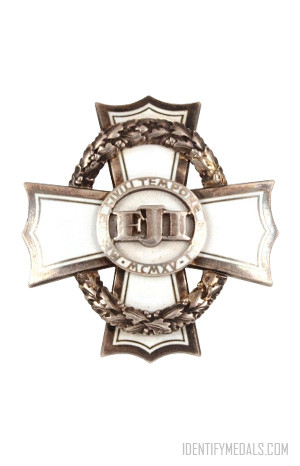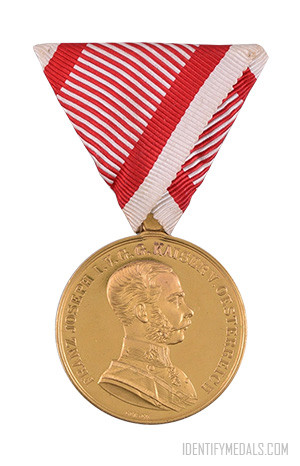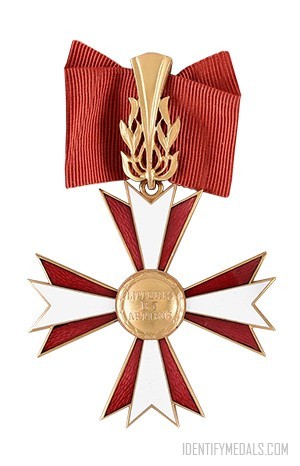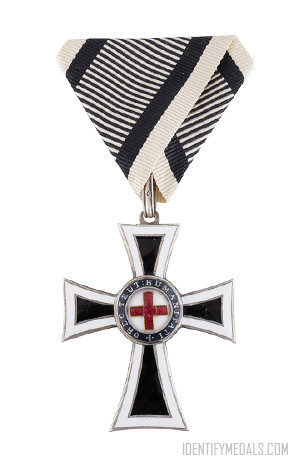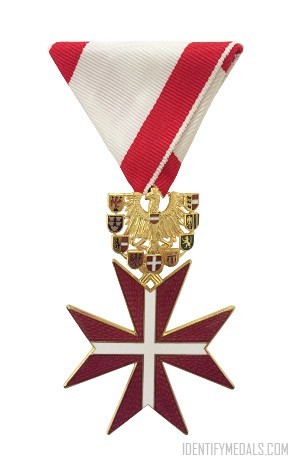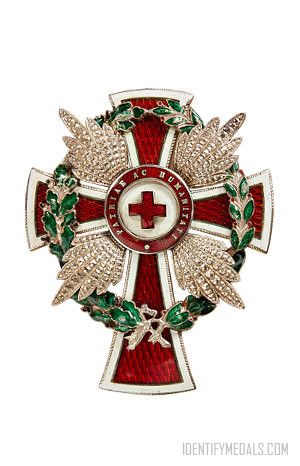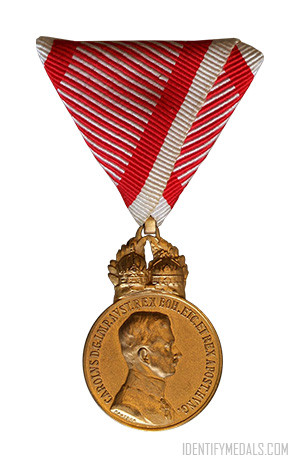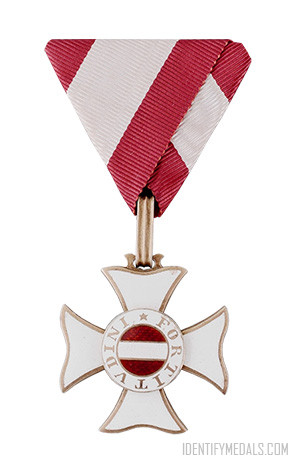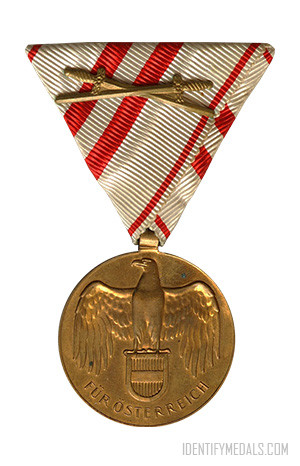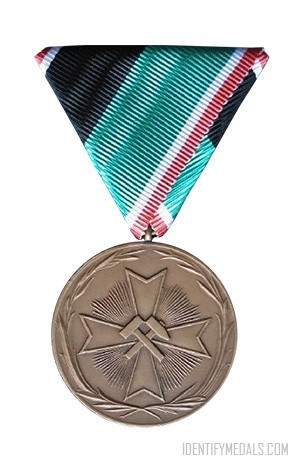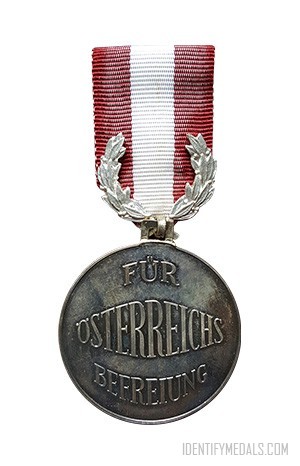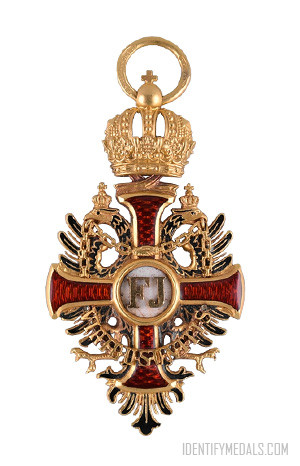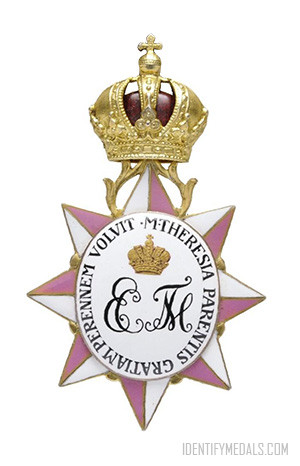- Time Period: World War I
- Institution: 16 August 1915
- Country: Austria, Hungary, Austro-Hungarian Empire
The War Cross for Civil Merits (or Kriegskreuz für Zivilverdienste in German) is a civil award of Austria-Hungary established on 16 August 1915 by Emperor Franz Joseph I of Austria to recognized civilian war service during World War I.
The cross could also be awarded to military officers for their contributions to the war when they were not directly involved in combat operations – for example when they had shown outstanding zeal and willingness to make sacrifices, and have given special support to the Austro-Hungarian government.
The Civilian Wartime Merit Cross Design
The medal has the shape of a Cross pattée and measures 55 mm high and 55 mm across. The first and second Class crosses are gilded, the third class is silver, and the fourth class is bronze. The first through third classes had white enamel on the arms of the cross.
The obverse shows a laurel wreath surrounding the center medallion, passing under the horizontal arms of the cross, and in front of the vertical arms. The center medallion, also enameled white, bears the Emperor’s monogram FJI (Franz Joseph Imperator), surrounding the letters is the inscription “Merito Civili tempore belli MCMXV” (or “Civil merit in time of war 1915“).
The cross was worn as a breast cross directly on the coat or uniform.

